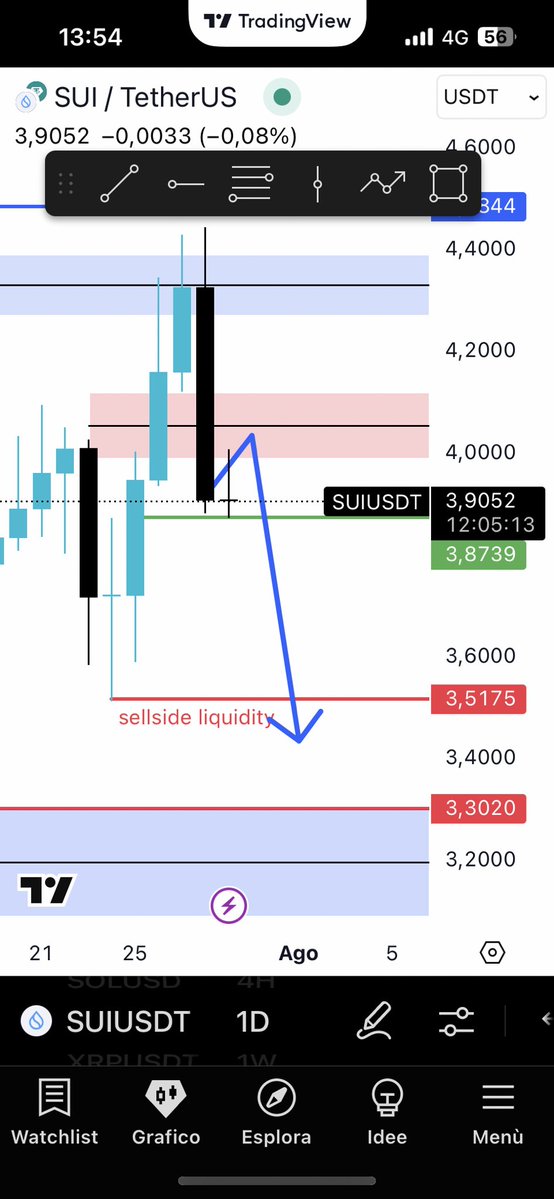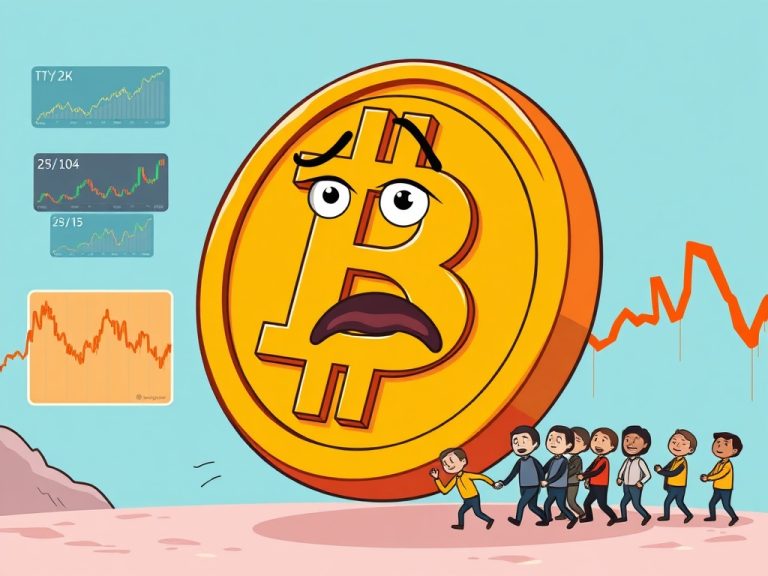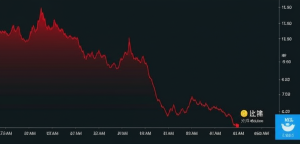
The Dynamic World of Cryptocurrency in Mid-2025: Insights, Trends, and Market Movements
Introduction
The cryptocurrency landscape as of June 2025 is an intricate and vibrant amalgamation of technological innovation, regulatory developments, and market psychology. As digital assets continue to mature, the ecosystem offers a complex tapestry that combines speculative momentum with robust institutional interest and evolving government frameworks. The analysis of social media snippets, expert commentary, regulatory news, and market data from June 12, 2025, provides a rich overview of this financial frontier. This report decodes these elements into digestible insights, revealing both the challenges and opportunities for investors, traders, and stakeholders.
Crypto Analytics Tools: Guiding the Data-Driven Investor
At the heart of effective crypto trading is the use of analytics tools that distill vast amounts of data into actionable intelligence. As Geneva Evelyn highlights, these tools deliver valuable insights on market trends, trading volumes, and price movements, which empower investors to make informed decisions. In an environment characterized by volatility and rapid change, relying on real-time analytics helps mitigate risks and capitalize on transient opportunities.
The growing sophistication of analytics platforms encompasses not only price charts and volume statistics but also sentiment analysis, on-chain metrics, and predictive models. These advancements democratize access to complex financial data, enabling retail investors to compete alongside institutional players. However, the caveat remains; while analytics enhance decision-making, they do not guarantee success. Traders must complement data-driven insights with sound risk management and market awareness.
Market Penetration and the Untapped Potential of Crypto Adoption
Despite its iconic status, cryptocurrency ownership among the global population remains relatively nascent. The fact that only approximately 7% of the world’s population holds any form of cryptocurrency underscores a massive frontier for expansion. This yields two key interpretations. First, the current market has substantial room for growth, providing fertile ground for new entrants and innovative projects to attract fresh users. Second, the long-term future of digital finance is still being written, with much of the global population yet to engage materially in this space.
This gap invites early adopters and innovators to shape not only financial behaviors but also regulatory frameworks, infrastructure development, and educational initiatives. Platforms such as Nuts Farm, focusing on web3 education through Telegram mini-apps, illustrate the drive to lower entry barriers by teaching fundamentals spanning cryptocurrency basics, trading psychology, and scam prevention.
Technical Analysis and Price Movements: The Example of Solana (SOL)
Technical analysts continue to forecast key price levels and potential consolidation zones for various altcoins, reflecting a mature ecosystem of chart-based trading strategies. Derin Cancar’s chart analysis of Solana (SOL) predicts a consolidation near $152.31 by late June 25, followed by an upward movement. This kind of specific, short-term prediction is typical of active traders navigating altseason—periods when alternative cryptocurrencies outperform Bitcoin.
Such price consolidation often indicates a market pause before a renewed rally or correction, highlighting the importance of pattern recognition and volume analysis. Technical analysis remains a crucial tool for traders aiming to time entries and exits but must be contextualized within larger market sentiment and macroeconomic conditions.
Regulatory Developments: The GENIUS Act and Global Responses
One cannot ignore the evolving regulatory landscape shaping the crypto industry. The U.S. Senate’s movement on the GENIUS Act concerning stablecoins is a watershed moment, signaling increased legislative attention towards integrating digital currencies within the traditional financial system. Stablecoins, pegged to fiat currencies and designed to mitigate volatility, serve as foundational pillars for DeFi (Decentralized Finance) and broader crypto adoption. Clear rules enhance investor confidence and market stability but may introduce compliance burdens for creators.
Simultaneously, Singapore’s cryptocurrency regulatory authority’s call for unlicensed platforms to exit the market reflects a global trend toward tightening oversight. Japan and other jurisdictions are adopting a similarly vigilant stance, creating a patchwork of regulations that multinational crypto entities must navigate.
These regulatory actions are a double-edged sword: while they curtail risky, unregulated activity that can harm consumers, they also challenge the industry’s ethos of decentralization and borderless finance. Investors and businesses must stay abreast of these shifts to remain compliant and leverage emerging opportunities.
Market Sentiment and Retail Behavior: The Role of FOMO and Price Rebounds
Social sentiment remains an underappreciated yet vital driver of cryptocurrency markets. Crypto Bulletin’s observation of Bitcoin’s price rebound triggering retail “Fear Of Missing Out” (FOMO) illustrates this dynamic vividly. The second-largest FOMO spike in two weeks suggests that short-term price movements can induce rapid influxes of buying interest, often fueling volatile rallies.
This behavioral aspect amplifies price swings and challenges the rational investor archetype. Understanding the psychological components of trading—such as herd mentality, overconfidence, and panic selling—is essential for navigating the turbulent crypto markets. Tools that measure sentiment can therefore complement technical and fundamental analysis, offering a more holistic view.
Bitcoin’s Performance and Economic Ties
Bitcoin, the flagship cryptocurrency, reported a slight dip to approximately $107,624 as of the market heatmap data, with Ethereum and Solana also showing minor declines. Commentary about Bitcoin’s potential surge to $115,000 is buoyed by optimism over strong U.S. economic performance, reflecting the interplay between traditional macroeconomics and cryptocurrency valuations.
Further, political figures like former President Trump advocating for Federal Reserve rate cuts by one full point influence market expectations. Lower interest rates generally enhance risk asset appeal, including cryptocurrencies, by reducing borrowing costs and encouraging investment in growth-oriented assets.
Nevertheless, the volatility intrinsic to crypto means investors must weigh such macroeconomic signals against market-specific risks and technical indicators.
Innovative Partnerships and Mainstream Engagement
The announcement of the Pudgy Penguins’ partnership with NASCAR to promote crypto culture to mass audiences typifies how digital assets and community NFTs (non-fungible tokens) are infiltrating mainstream popular culture. Such collaborations enhance visibility, legitimize digital collectibles, and attract new demographics.
Integration into established industries such as sports offers a feedback loop that can boost awareness and adoption but also risks commoditizing niche subcultures.
Educational Resources and Community Engagement
Platforms offering free education on cryptocurrencies, trading psychology, project analysis, and scam prevention are critical for fostering informed participation. Initiatives like OpenAcademyAI underscore the importance of continuous learning in this rapidly evolving environment. The emphasis on topics such as DeFi, blockchain fundamentals, and security reflects a community-driven effort to empower users and protect them from fraudulent schemes prevalent in digital asset spaces.
Conclusion: Navigating the Crypto Frontier in 2025 and Beyond
The current snapshot of cryptocurrency markets in mid-2025 paints a picture of vibrant opportunity interlaced with complexity. The low global adoption rate juxtaposed with ongoing technological development, regulatory maturation, and cultural integration creates a fertile ground for both innovation and caution.
Investors and participants seeking to engage profitably must blend data-driven analytics with an understanding of technical patterns, market psychology, and external economic influences. Regulatory developments herald a future where clear rules coexist with the crypto ethos, promising both stability and new challenges.
Education and informed discourse remain paramount as this financial revolution unfolds, enabling the next generation of users to navigate confidently and shape the future of decentralized finance.
—
Sources for Further Exploration:
– GENIUS Act and Stablecoin Regulation
– Singapore’s Crypto Regulation Update
– Solana Price Analysis – TradingView
– Nuts Farm – Web3 Educational Platform
– Pudgy Penguins NASCAR Partnership Announcement
– OpenAcademyAI – Crypto Education
– Bitcoin Market Trends and Economic Analysis







